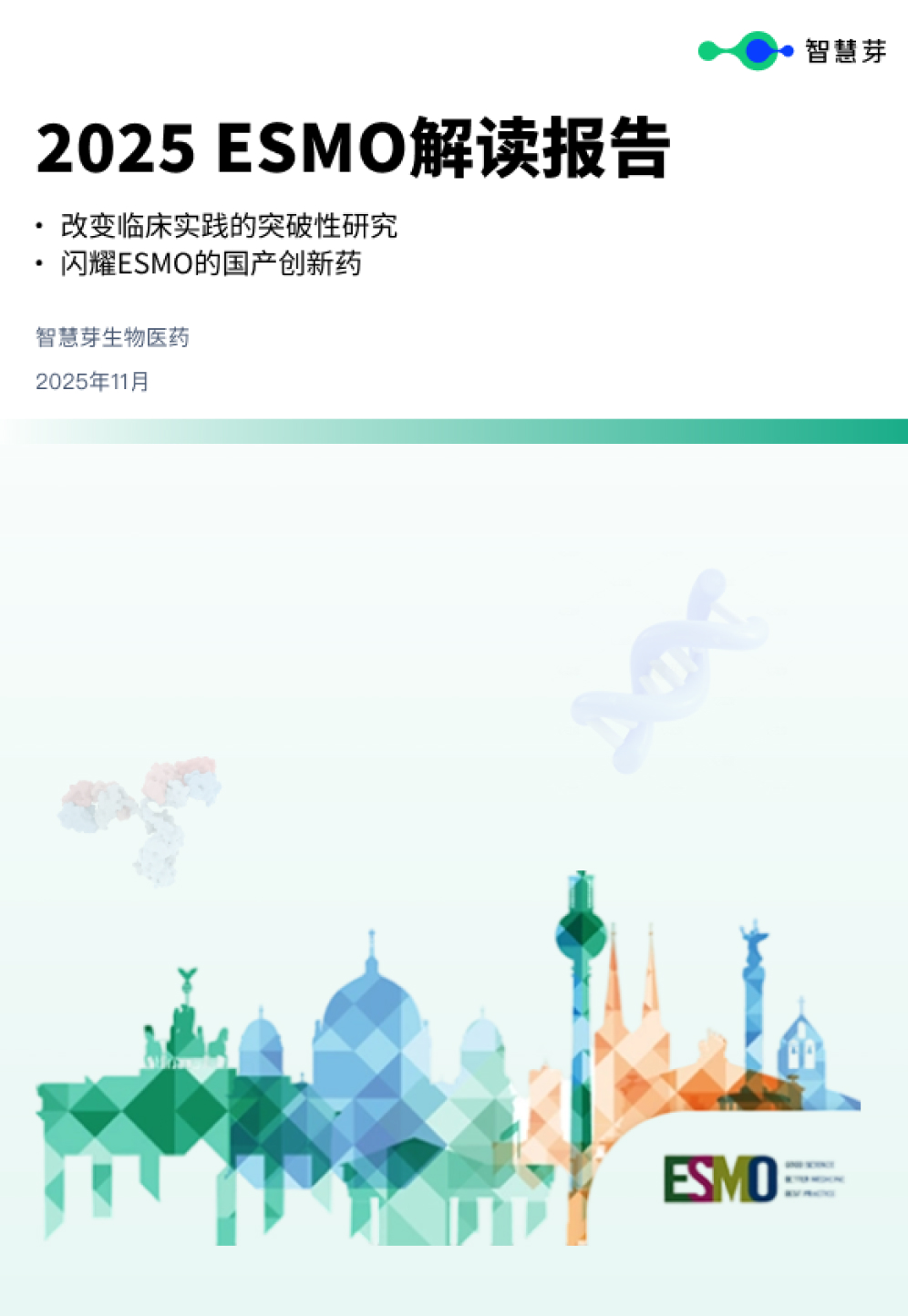预约演示
Pupil response may shed light on who responds best to transcranial magnetic stimulation for depression
2023-10-20
临床结果
New findings suggest that measuring changes in how pupils react to light could help predict recovery from depression and personalize transcranial magnetic stimulation (TMS) treatment of major depressive disorder.
New findings from researchers at UCLA Health suggest that measuring changes in how pupils react to light could help predict recovery from depression and personalize transcranial magnetic stimulation (TMS) treatment of major depressive disorder.
TMS is a safe, non-invasive therapy that uses magnetic fields to stimulate parts of the brain involved in mood regulation. While TMS is proven effective, not all patients respond equally well to the therapy. The ability to predict who will benefit most could allow doctors to better customize and target treatments.
In two recent studies, UCLA scientists found that the pupil's response to light before treatment correlated with improvements in depression symptoms over the course of therapy. Pupil size reflects activation of the autonomic nervous system, which controls involuntary functions and is negatively impacted in people with depression.
The first study, appearing in the Journal of Affective Disorders, reports on outcomes for 51 patients who underwent daily TMS sessions. Before receiving treatment, researchers measured the patients' baseline pupillary constriction amplitude, or CA: how much the pupil shrinks when exposed to light. The pupil's constriction is an indicator of parasympathetic nervous system function. The researchers found a significant association between baseline pupil constriction amplitude and symptom improvement, indicating that a greater constriction amplitude at baseline was associated with a better outcome. In other words, those with larger pupil constriction in response to light at baseline showed greater symptom improvement over their full treatment.
The second study, appearing in Brain Stimulation, went further and compared patients who were treated for depression with one of two common TMS protocols: 10 Hz stimulation and intermittent theta burst stimulation (iTBS). In 10 Hz stimulation, magnetic pulses are delivered at a fixed rate of 10 pulses per second, or 10 Hz, a continuous and relatively high-frequency stimulation. iTBS is a faster form of stimulation with bursts of three pulses at 50 Hz, repeated with short breaks between bursts. This pattern is thought to mimic the natural rhythm of certain brain activities.
The researchers found that people with slower pupillary constriction had significantly greater improvement in depression after 10 sessions if they received iTBS rather than 10 Hz treatment.
"These results suggest we may be able to use a simple test of the pupil to identify who is most likely to respond to electromagnetic stimulation of the brain to treat their depression," said researcher Cole Citrenbaum, lead author of both studies and a researcher with the TMS Clinical and Research Program at the Semel Institute for Neuroscience and Human Behavior at UCLA.
The researchers propose that measuring pupillary reactivity before starting TMS could eventually help guide treatment selection on an individual basis. "Additionally, we may be able to tailor the frequency of stimulation to the individual patient to maximize their benefit from treatment," Citrenbaum said. This personalized approach could lead to better outcomes for patients.
"At the present time, about 65% of patients treated with TMS have a substantial improvement in their depression," said Dr. Andrew F. Leuchter, senior author of both studies and Distinguished Professor of Psychiatry at the Jane and Jerry Semel Institute for Neuroscience and Human Behavior at UCLA. "Our goal is to have more than 85% of patients fully recover from depression. As we better understand the complex brain activity underlying depression, we move closer to matching patients with the treatments that ensure their full recovery. Pupil testing may be one useful tool in reaching this goal."
The studies add to growing evidence on the benefits of biologically-based personalization in treating major depression. UCLA researchers plan further trials to confirm the value of pupillometry in optimizing transcranial magnetic stimulation.
更多内容,请访问原始网站
文中所述内容并不反映新药情报库及其所属公司任何意见及观点,如有版权侵扰或错误之处,请及时联系我们,我们会在24小时内配合处理。
机构
靶点
-药物
-生物医药百科问答
全新生物医药AI Agent 覆盖科研全链路,让突破性发现快人一步
立即开始免费试用!
智慧芽新药情报库是智慧芽专为生命科学人士构建的基于AI的创新药情报平台,助您全方位提升您的研发与决策效率。
立即开始数据试用!
智慧芽新药库数据也通过智慧芽数据服务平台,以API或者数据包形式对外开放,助您更加充分利用智慧芽新药情报信息。




